news
What are the top ten common faults in single-screw extruders?
Ten Common Faults of Single Screw Extruders
1. The main motor fails to start or stops momentarily: This is often caused by a power outage, insufficient preheating time, or heater failure, resulting in excessive torque and motor overload.
2. The screw rotates but no material is discharged: This could be due to an empty hopper, a clogged feed port, or damage to the screw. Inspect the hopper, clear the blockage, and check for screw wear.
3. Motor speed fluctuation or unstable current: A loose or slipping drive belt or a broken safety key can cause unstable speed. Bearing damage or poor lubrication can also cause abnormal current.
4. Unstable extruded material or bridging: Bridging of the material, uneven heating, or screw wear can cause melt fluctuation. Reduce the feed rate, check the heating zone temperature, and replace the worn screw.
5. Die head discharge is poor or blocked: Insufficient heating, insufficient vacuum, or foreign matter entering the die head can affect discharge. Increase the heating temperature, check the vacuum system, and clean the die head.
6. Large current fluctuations in the main motor: Uneven feeding, bearing damage, or heater failure are the main causes. Check the feeding system and bearing lubrication, and replace the faulty heater.
7. The screw speed appears normal, but no material is actually being conveyed: A loose drive belt or sheared safety key are common causes. Adjusting the belt tension or replacing the safety key can correct the problem.
8. Abnormal noise or increased vibration: Worn gearbox bearings or screw imbalance can cause abnormal noise. Replace the bearings or rebalance the screw.
9. Temperature control failure: A faulty thermocouple or temperature controller can cause temperature deviation. Calibrate the sensor or replace the temperature controller.
10. Cooling system leakage or failure: A stuck cooling valve or blocked water line can cause barrel overheating. Check the cooling valve and clean the cooling lines.
Why are single-screw extruders considered simple?
1. Few components: They consist of only three core components: the screw, barrel, and drive system. They lack the intermeshing structure of a twin-screw or multi-screw assembly.
2. Modular Design: The screw, barrel, and heating and cooling systems are independent of each other, facilitating assembly, maintenance, and component replacement.
3. Low Manufacturing Cost: The simplified structure simplifies the processing and reduces material usage, resulting in significantly lower overall manufacturing costs than multi-screw equipment.
4. Low Operator Barrier: The control logic primarily involves temperature and speed adjustments, requiring operators to master basic heating, feed, and speed settings to get started.



 English
English 中文簡(jiǎn)體
中文簡(jiǎn)體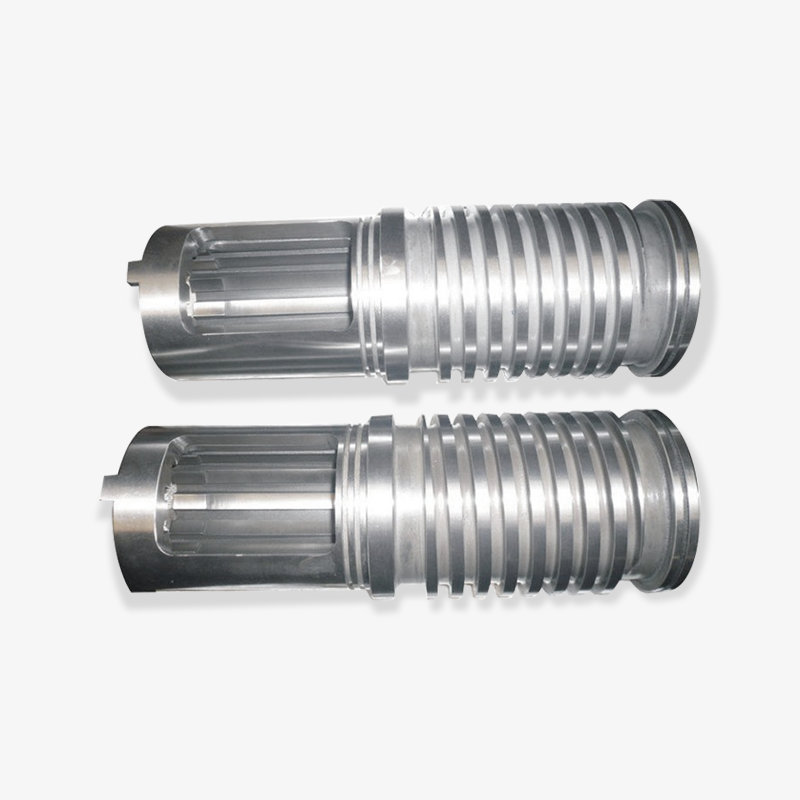
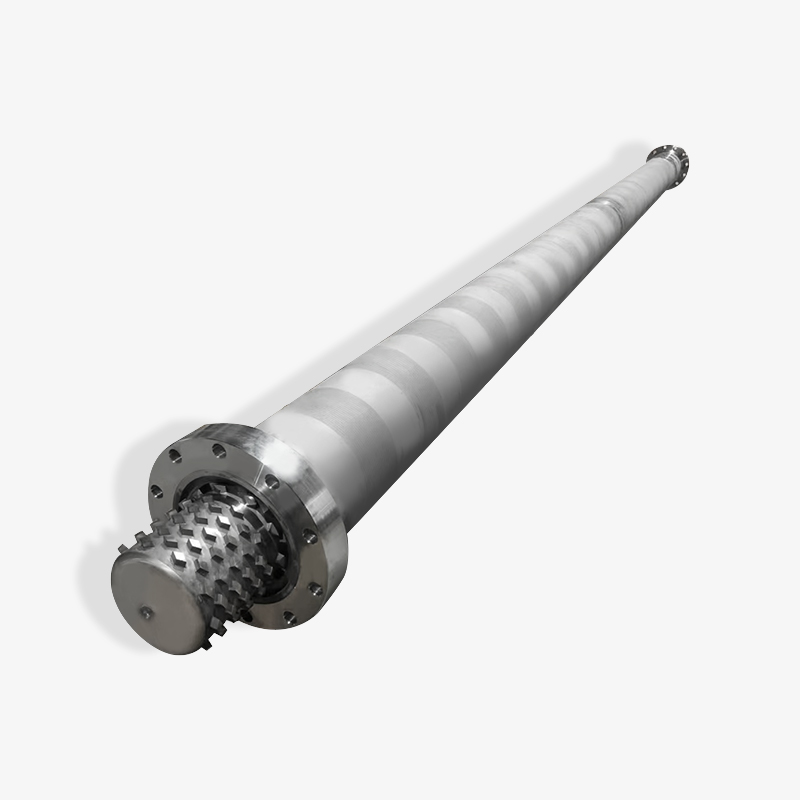
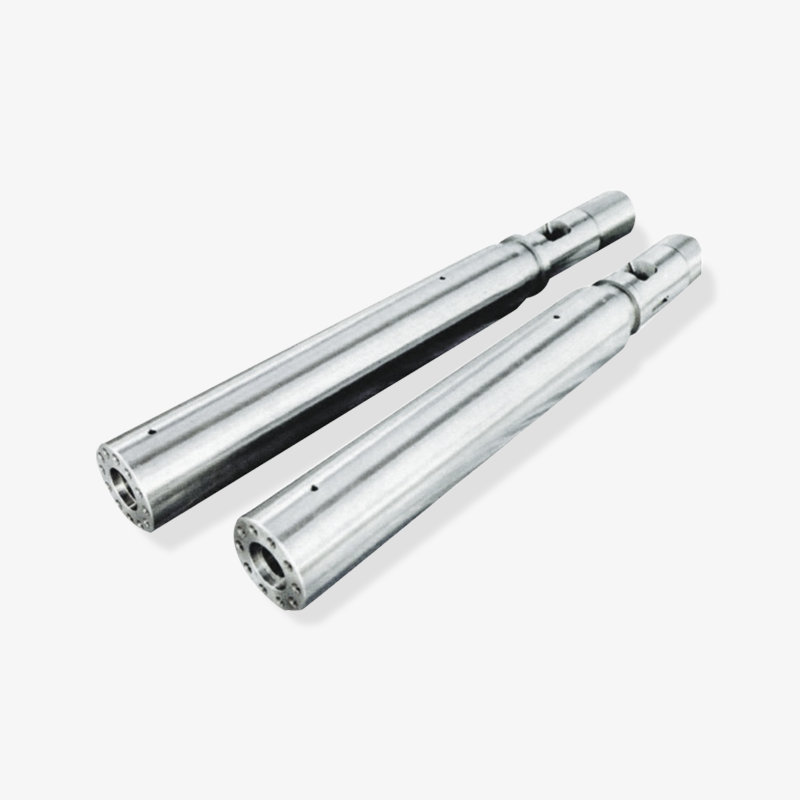
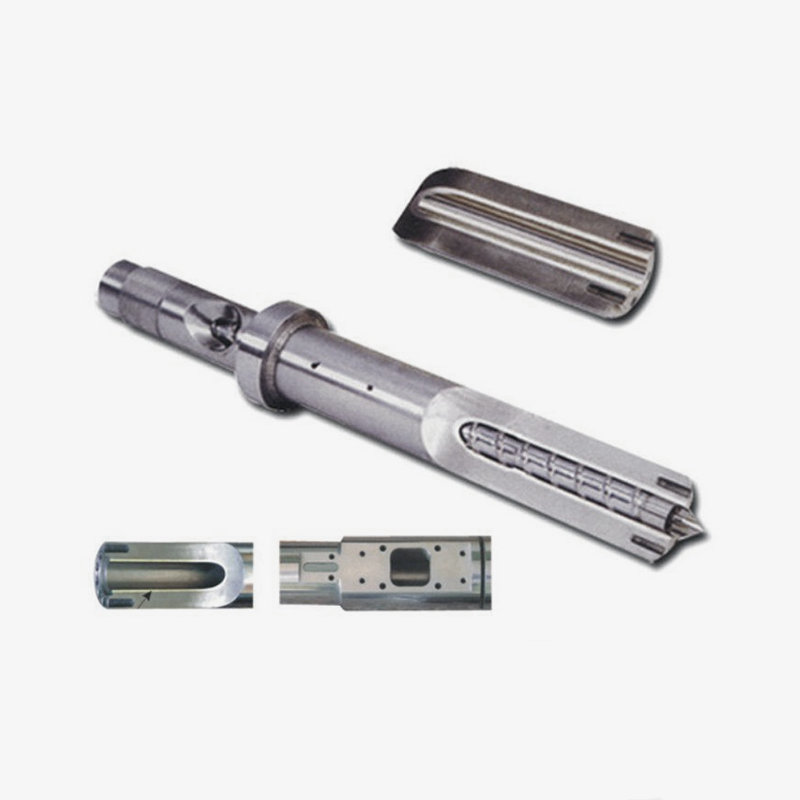
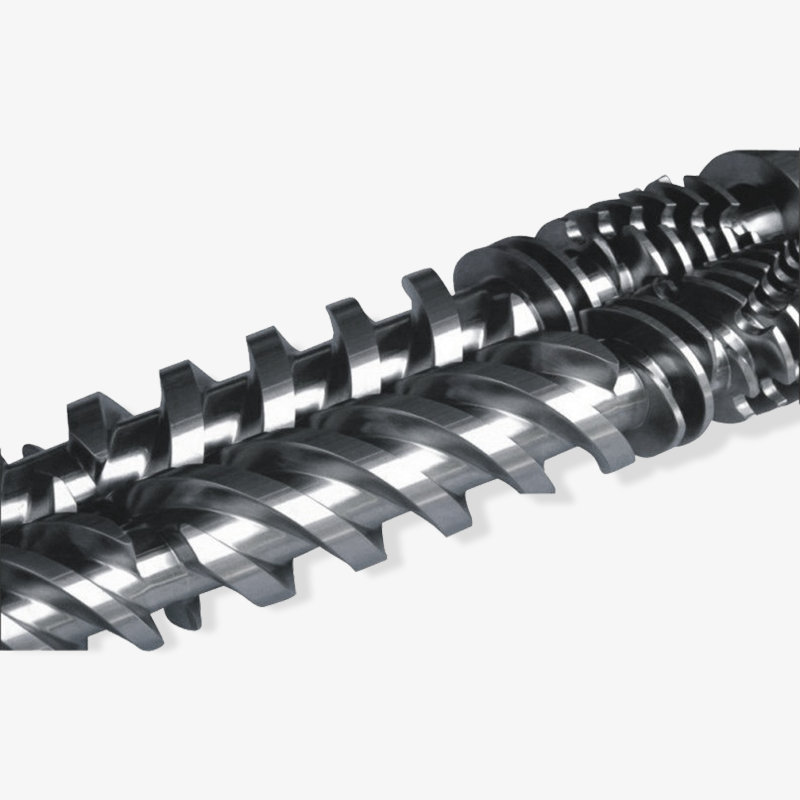
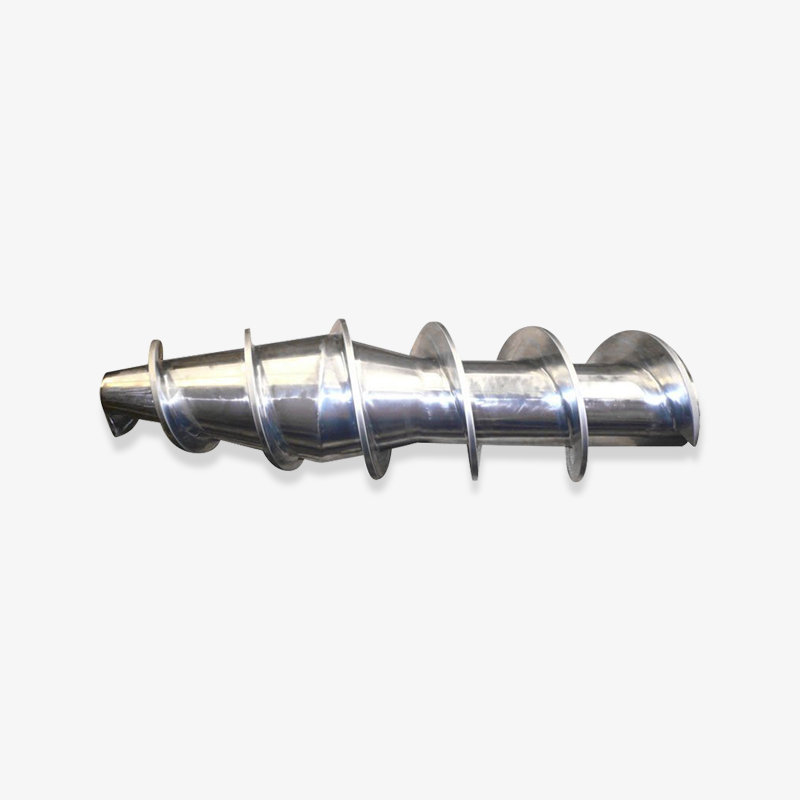
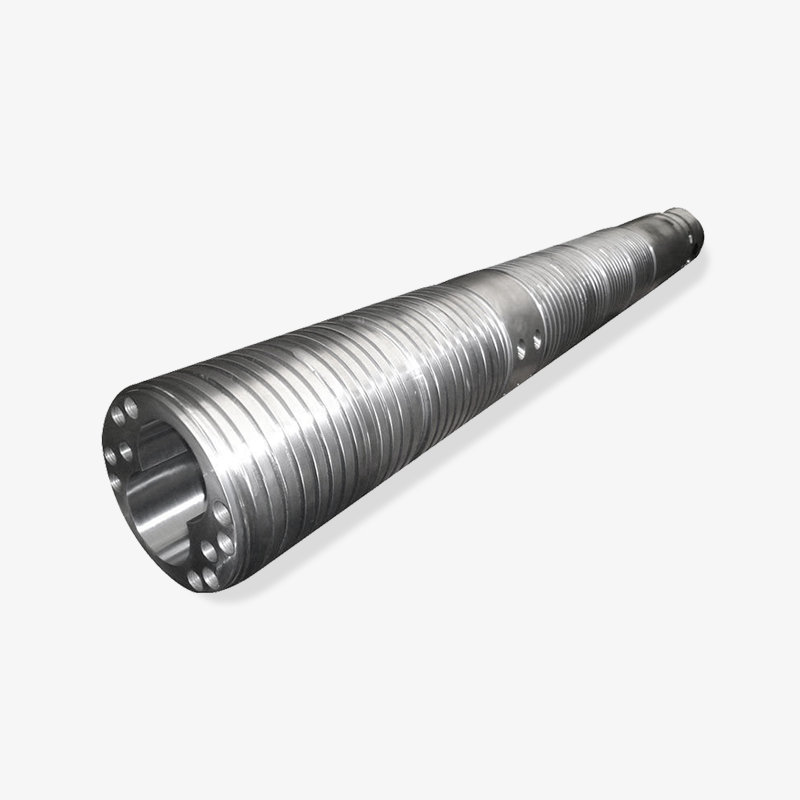
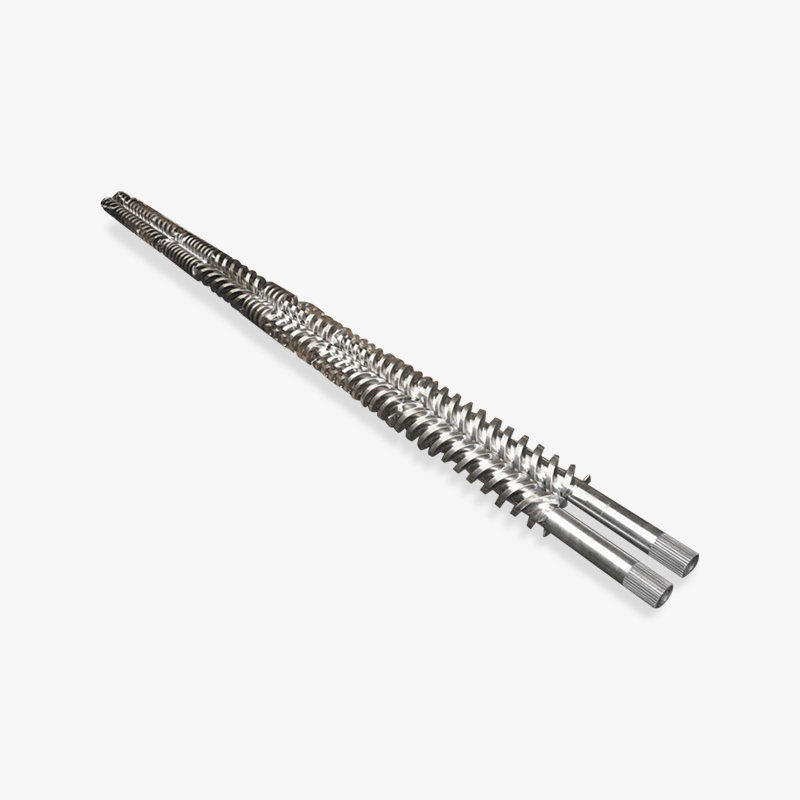
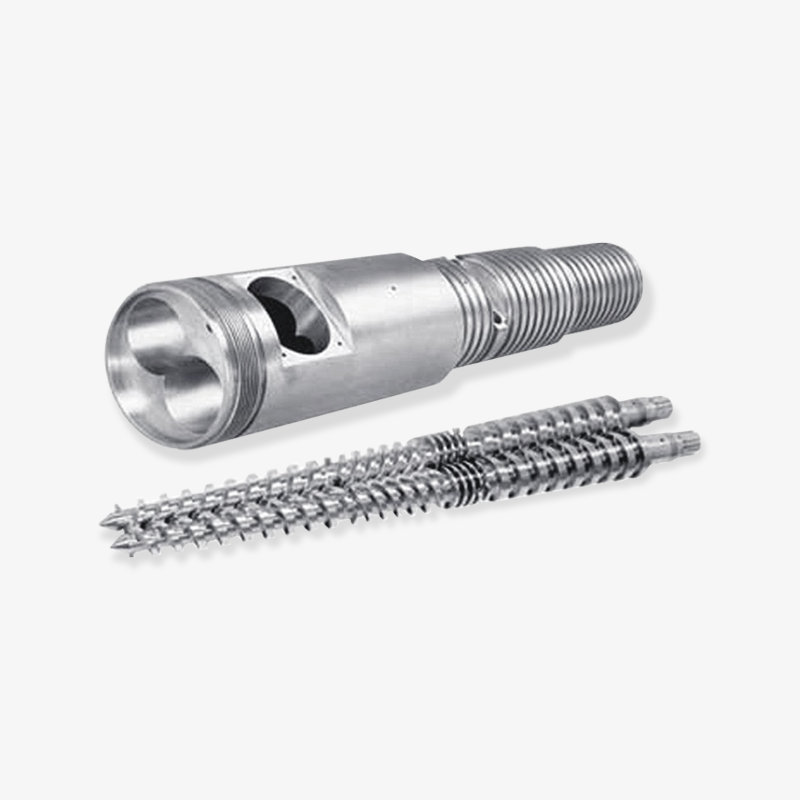


 浙公網(wǎng)安備33090202000520號(hào)
浙公網(wǎng)安備33090202000520號(hào)